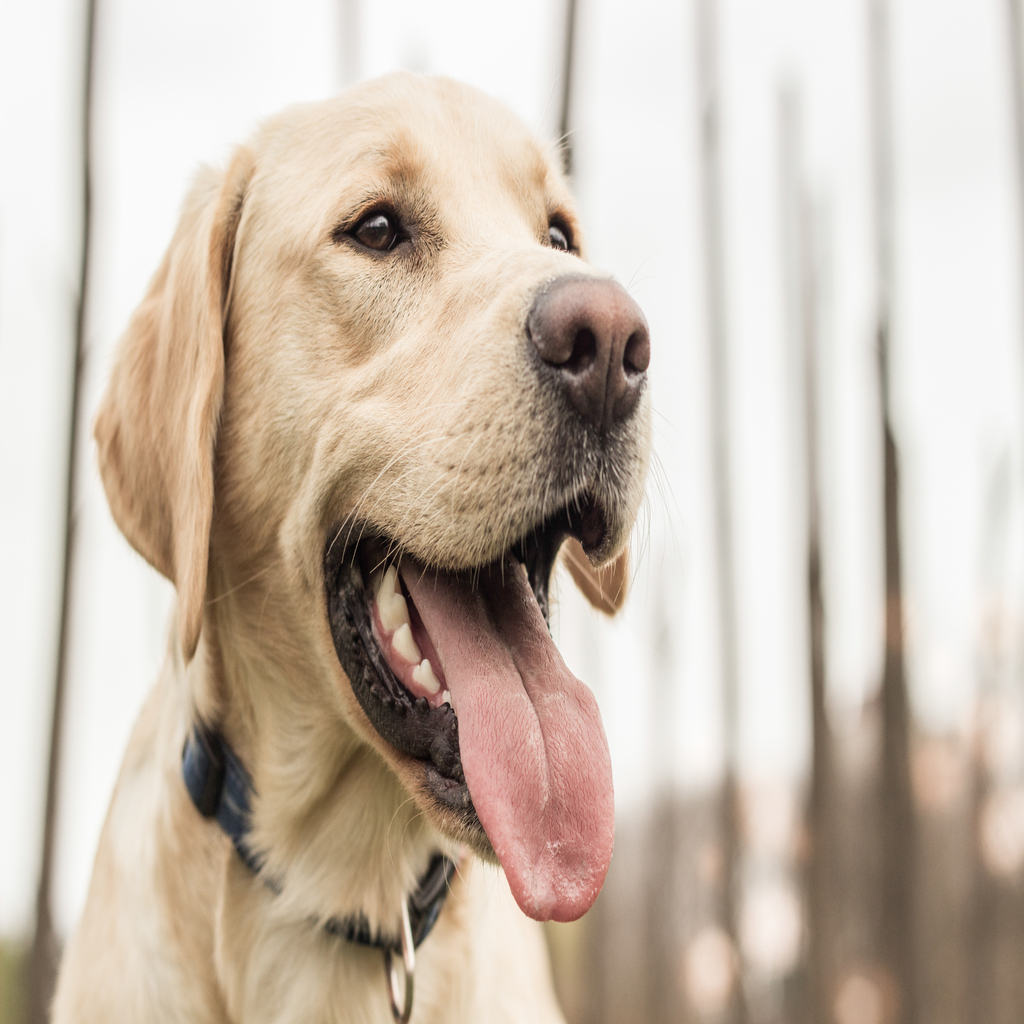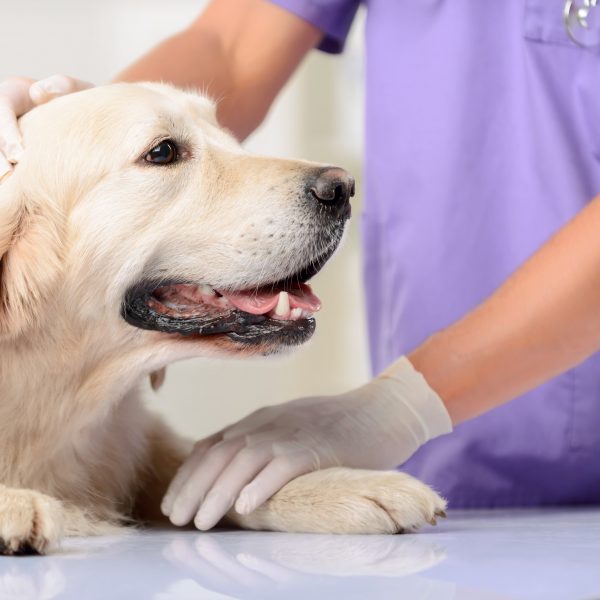
When it comes to our furry friends, we want nothing but the best for them. So, when faced with the possibility of mastectomy surgery in dogs, it’s only natural to have questions and concerns. In this blog post, we will explore what mastectomy surgery is, why it may be necessary for dogs, and what to expect before, during, and after the procedure. We’ll also discuss the potential benefits and risks of mastectomy surgery in dogs so you can make an informed decision about your pet’s health. So, let’s dive in and learn more about this important topic.
Mammary gland tumors are common in the dog, and surgery to remove cancerous mammary glands, called a mastectomy, is a routinely done procedure in veterinary medicine. Male dogs almost never get mammary tumors; as well, female dogs that have  been spayed before their first heat cycle rarely acquire breast cancer. Statistics demonstrate that if a female dog is spayed after her first heat cycle but before her second cycle, her potential to develop mammary tumors is slightly greater than the dog that was spayed prior to a heat cycle. If two cycles occur, then the spay procedure, an even higher incidence of breast cancer is demonstrated. And spaying after three heat cycles has no effect on diminishing the potential to develop Mastectomy surgery in dogs can be a challenging and emotional experience for both pet owners and their furry companions. However, it is an important procedure that can help improve the quality of life for dogs with mammary tumors. By removing the affected tissue, veterinarians can reduce the risk of cancer spreading and alleviate discomfort in dogs. If you have any questions or personal experiences with mastectomy surgery in dogs, we would love to hear from you in the comments section below. Your insights can provide valuable support and guidance to others going through similar situations.. In short, the sooner a dog is spayed the less the chances for mammary tumors to develop in the future; but after three or four heat cycles, spaying has almost no effect on protection against tumor development. Keep in mind that spaying any dog at any time (as long as the patient is healthy) may be advisable to prevent a very serious uterine infection called PYOMETRA. Also see images of the SPAY (technically called an Ovariohysterectomy) surgery procedure.
been spayed before their first heat cycle rarely acquire breast cancer. Statistics demonstrate that if a female dog is spayed after her first heat cycle but before her second cycle, her potential to develop mammary tumors is slightly greater than the dog that was spayed prior to a heat cycle. If two cycles occur, then the spay procedure, an even higher incidence of breast cancer is demonstrated. And spaying after three heat cycles has no effect on diminishing the potential to develop Mastectomy surgery in dogs can be a challenging and emotional experience for both pet owners and their furry companions. However, it is an important procedure that can help improve the quality of life for dogs with mammary tumors. By removing the affected tissue, veterinarians can reduce the risk of cancer spreading and alleviate discomfort in dogs. If you have any questions or personal experiences with mastectomy surgery in dogs, we would love to hear from you in the comments section below. Your insights can provide valuable support and guidance to others going through similar situations.. In short, the sooner a dog is spayed the less the chances for mammary tumors to develop in the future; but after three or four heat cycles, spaying has almost no effect on protection against tumor development. Keep in mind that spaying any dog at any time (as long as the patient is healthy) may be advisable to prevent a very serious uterine infection called PYOMETRA. Also see images of the SPAY (technically called an Ovariohysterectomy) surgery procedure.
Mastectomy Surgery in Dogs

Visual inspection and a physical exam probably will not be helpful in determining whether or not a growth is benign or malignant. A biopsy can be done on these growths to determine the cell types, which are highly variable in canine mammary tumors, and to establish the degree of malignancy. Malignancy means that they have the tendency to spread invasively into surrounding tissues and also to be spread by the lymph system to other parts of the body. Most veterinarians will suggest a chest X-ray prior to any mammary gland surgery to see if there is any evidence of metastasis (new tumors as a result of “seeding” from a distant, primary tumor). If there is evidence of tumor spread to other areas, the decision to do a mastectomy may not be advisable because metastasis of mammary gland tumor to the lungs or other body tissues almost always signals a very poor prognosis for recovery in the dog.
Chemotherapy for mammary gland cancer, and/or radiation treatment, can be done but the main effort of treatment is surgical excision of any suspicious mass.
It is a good idea to routinely (about once a month) check your dog for breast tumors. If anything unusual seems to be present, than have your veterinarian do a thorough physical exam. At this time a discussion regarding the pros and cons of surgery is important. Remember, it is always easier on the patient to have a small mass removed as contrasted with the removal of a large amount of tissue such as in this case.

Mastectomy surgery in dogs can be a challenging and emotional experience for both pet owners and their furry companions. However, it is an important procedure that can help improve the quality of life for dogs with mammary tumors. By removing the affected tissue, veterinarians can reduce the risk of cancer spreading and alleviate discomfort in dogs. If you have any questions or personal experiences with mastectomy surgery in dogs, we would love to hear from you in the comments section below. Your insights can provide valuable support and guidance to others going through similar situations.
Frequently Asked Questions
What are the different types of mastectomy in dogs?
In both dogs and cats, mammary cancers are prevalent. Lumpectomy, mammectomy, regional mastectomy, unilateral mastectomy, bilateral mastectomy, and radical mastectomy are among the surgical procedures used to remove breast tumors.
What causes dog ears after mastectomy?
As the wound is closed, the corners experience rotational and compression forces, resulting in outward and upward protrusion of tissue; this is colloquially termed the “dog-ear.” Dog-ears are not uncommon after mastectomy, particularly in obese or large breasted patients.
Why would a dog need a mastectomy?
The mammary glands are surgically removed during a pet mastectomy. It is intended to be utilized when treatment for cancer, tumors, or other conditions in the mammary region is required. Lymph nodes are frequently also removed in order to lessen the possibility of a problem returning or happening again.






